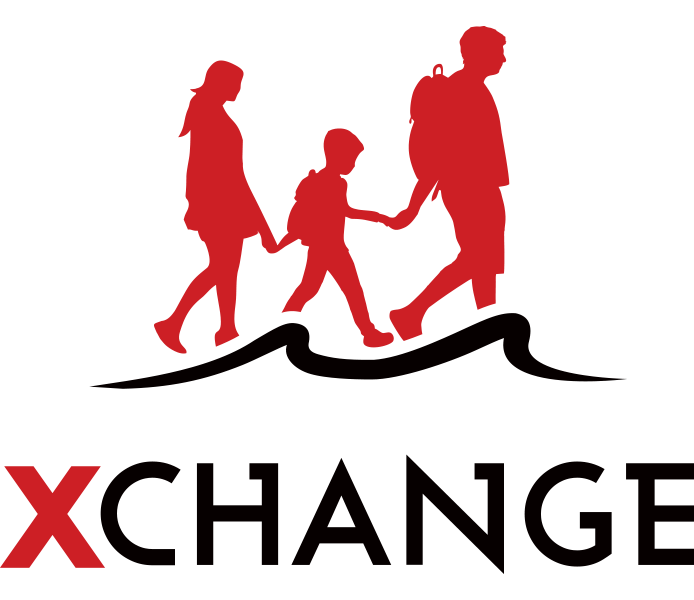This blog will examine the case of Colombia as a destination and transit country for the new influx of displaced Venezuelans – focusing on both the policy response and the human impact of displacement in the area.
As a country of vast natural resources, and a politically tempestuous history, Venezuela’s ongoing upheaval has sparked numerous geopolitical strains, but also a large-scale exodus, as its 31 million inhabitants find themselves bearing the brunt of extreme food shortages, hyperinflation, and electricity blackouts. For the millions who have already fled, the neighbouring Latin American countries have become destinations of hope, but the unprecedented surge in movement (representing a 2000% increase in asylum claims since 2014) has uncovered deep latent tensions in the area’s migration system.
Historically, the area has shown a welcoming and progressive approach to refugees. The Cartagena Declaration of 1984 defined refugees in an open and inclusive way, more so even than the UNHCR Declaration of 1951 on which it was built. Despite being a non-binding agreement, the declaration showed the region’s commitment to a peaceful and forward-looking method when dealing with forced migration. This commitment is reflected in the adoption of the declaration as national law in 14 countries. Is that commitment now under excessive pressure?
Historical Migration in Colombia
The 2000 km long border separating Colombia and Venezuela is the longest land border of both countries. Comparable in size and with a somewhat larger population, Colombia has become one of the main destinations for Venezuelan emigrants. Historically, Colombia has been a country of destination, transit and origin for migrants, with some estimates suggesting that around 1 in 10 Colombians are now living abroad. This is indicative of the historically substantial migratory flows in the Americas, as well as reflective of Colombia’s main cause of displacement: ongoing conflict.
Records suggest that movement into Colombia since the 1950s has been primarily from nearby countries, and has mostly constituted labour migration into vocations such as commerce and agriculture. Meanwhile a series of push-factors have led to many Colombians leaving their home country to escape rising inequality and unemployment. Recent regulations introduced in 2005 aimed to stimulate the Colombian economy, through the promotion of visas for investors and skilled workers. Due to the human rights situation in the country, however, the regulations also made it more difficult for humanitarian actors to gain access and work in the country. In addition to these factors, and on a strongly related topic, Colombia suffers from a problem of violence-induced internal displacement and has, as a result, over 7 million internally displaced people (IDPs).
Despite these concerns, Colombia today remains a convenient destination, given its relative accessibility compared with other countries in the region. It is therefore a common objective for Venezuelans, for whom the insecurity of migration is nevertheless preferable to the unliveable conditions at home. After the border re-opened in 2016 following the lifting of the state of emergency, many Venezuelans, and expatriate Colombians in Venezuela, took the opportunity to cross in the hopes of finding shelter and food security. The border had previously been closed for a year in a bid to combat ‘cross-border crime’.
Crossing to Colombia Today
Soup kitchens and health facilities are now prevalent at the primary crossing points, reflecting the time, effort, and money which the Colombian government has invested to tackle the consequences of the influx as well as global aid contributions together with NGOs and civil society efforts. This prioritisation of assistance goes against the grain in terms of recent Latin American trends, where xenophobic and populist movements are starting to make headway in the climate of insecurity and instability (for example in Brazil and Chile), despite the historical acceptance of migration.
This bucking of regional trends is in some ways surprising, since Colombia has also taken on the largest share of Venezuelan migrants in the recent wave of migration, a factor which is often cited as a main cause in the rise of populism. Some commentators attribute this comparatively positive response to the historical welcoming of Colombian migrants into Venezuela when the migration routes were reversed. The stance of the Colombian authorities, who have publicly denounced the Maduro administration as a dictatorship, is also helpful in maintaining their open-arms approach.
Despite the open policy towards entry into the country, and a concerted effort on the part of the Colombian government to adapt, circumstances for Venezuelans who find themselves in Colombia are not always ideal. In terms of documentation, around half of the Venezuelan migrants (amounting to over 1 million) have some form of papers legalising their presence in Colombia, many on the back of the 2017 and 2018 Special Permit of Permanence resolution. According to a report by the Washington Office on Latin America (WOLA), most of the facilities open to the refugees are only available to those with complete documentation, leaving many others excluded from key resources. Whilst emergency medical care is available to all, much deeply necessary primary care is inaccessible for those migrants who have been thus-far unable to obtain the correct paperwork.
An additional problem is faced by the many women who either become pregnant or arrive pregnant in Colombia. The policies pertaining to children born to undocumented migrants mean many of these babies could be born stateless, potentially impinging significantly on their human rights in the future. A UNHCR report from 2015 highlights the plethora of social, practical, and psychological consequences of childhood statelessness including vulnerability to exploitation, and lack of access to education.
Looking Forward: How might the Venezuelan crisis affect Colombia’s future?
The long-term impacts of the influx of Venezuelans remain uncertain, with various analyses coming to vastly different conclusions. Current indicators suggest a lower level of education and opportunities for Venezuelan migrants belonging to the second wave of migration (post-2014), in comparison to those who started migrating in the early 2000s; as a consequence, this has led not only to an increase in overall unemployment in the country, but also provided a vulnerable population ripe for exploitation by Colombia’s criminal gangs. For some Colombians who vividly remember the peak of the turmoil, the influx is viewed as a threat to any possibility of stability following the 2016 peace agreement that sought to end 52 years of civil war.
Other economic analyses, however, paint a more optimistic picture of the country’s future. For example, a report by the World Bank suggested that despite the costs of providing basic necessities for the migrants (which they indicate could run up to 0.41% of the country’s GDP), an appropriate method for legalising the Venezuelans coming into the country could in fact help boost the economy through their integration into the formalised labour market.
Final thoughts
Whilst the exact consequences for Colombia remain unclear, what is almost certainly true is that Venezuelans will continue to flee, with political and economic stability remaining elusive as the political stand-off endures. A strong response from the international community is still required to meet the magnitude of the displacement crisis. For Colombia, a country still finding its feet in the wake of civil violence, the pressure is on to maintain, and enforce their policy pool in order to manage a potentially long-term migratory flow.
If you would like to support our research, consider donating.



